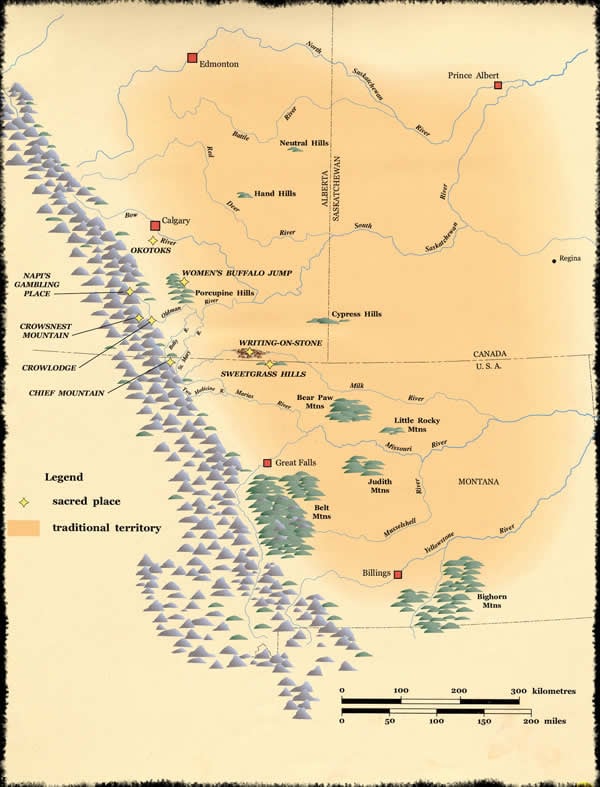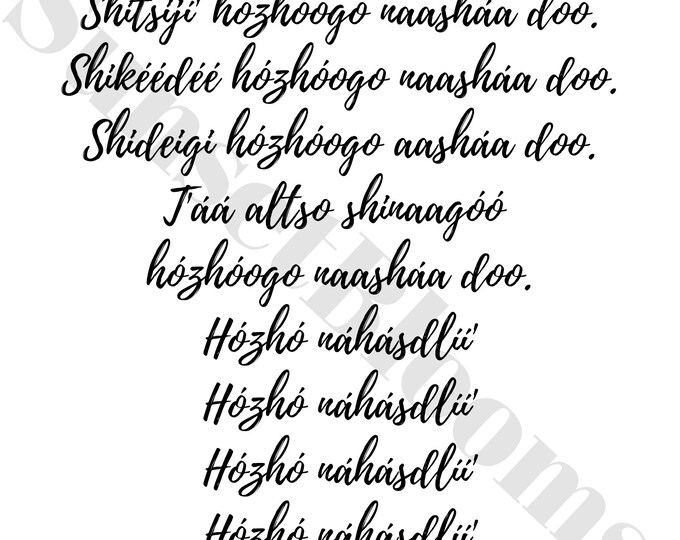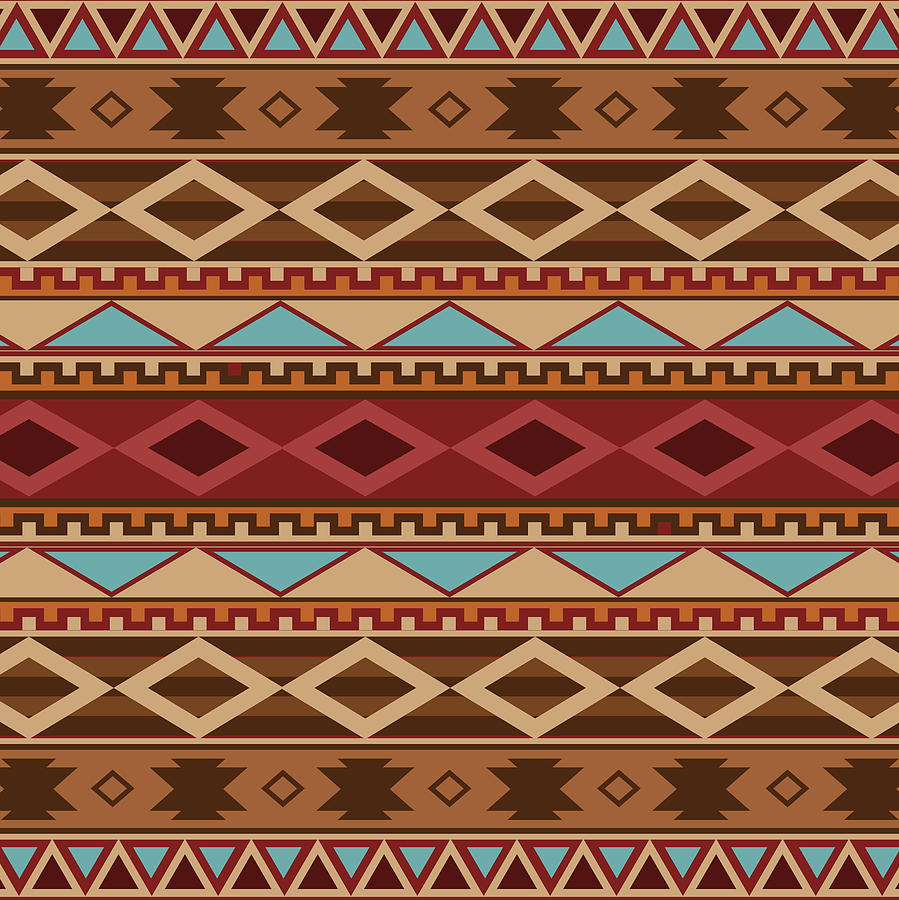
Navigating the Sacred: A Deep Dive into Diné Bikeyah with Printable Traditional Maps
Forget your typical road trip where GPS dictates every turn and the landscape blurs into a backdrop. Imagine a journey into the heart of the Navajo Nation (Diné Bikeyah) where your primary guide isn’t a digital voice, but a meticulously crafted, printable map detailing not just roads, but ancestral trails, sacred sites, clan migration routes, and resource areas – a living parchment steeped in history and culture. This isn’t just about getting from point A to B; it’s about connecting with the land on a profound, spiritual, and educational level. Our "review" isn’t of a specific map product, but of the experience of exploring the vast, breathtaking, and culturally rich Navajo traditional territory, guided by these powerful, often overlooked, historical and cultural documents.
The Maps Themselves: More Than Just Cartography
To truly appreciate the journey, one must first understand the tools. Printable Navajo traditional territory maps are a world apart from standard tourist maps. They are often reproductions of ethnohistorical documents, academic research, or community-led initiatives that strive to represent Diné Bikeyah not as an arbitrary reservation boundary, but as the expansive, ancestral homeland of the Diné people.

These maps typically highlight:
- Diné Place Names: Replacing colonial names with original Diné Bizaad (Navajo language) names, each carrying a story or historical significance.
- Sacred Sites: Marking mountains (like the four sacred peaks marking the traditional boundaries – Sisnaajiní (Blanca Peak), Tsoodzil (Mount Taylor), Dookʼoʼoosłííd (San Francisco Peaks), and Dibé Ntsaa (Hesperus Mountain)), canyons, water sources, and other locations vital to Diné cosmology and ceremony.
- Clan Migration Routes: Tracing the ancient movements of various Diné clans across the landscape.
- Resource Areas: Identifying traditional hunting grounds, foraging areas, mineral deposits, and water sources crucial for sustenance and survival.
- Historical Events: Sometimes illustrating battle sites, treaty boundaries, or significant cultural gatherings.


The "printable" aspect is key. In a region where cell service is notoriously spotty to non-existent, a physical, annotated map becomes an indispensable companion. It allows for offline navigation, personal notes, and a tangible connection to the history unfolding beneath your fingertips. Holding one of these maps, you’re not just looking at lines and labels; you’re holding a condensed tapestry of time, stories, and deep-rooted identity.
The "Location" Reviewed: Diné Bikeyah as a Sacred Classroom
Our journey, informed by these traditional maps, transforms the entire Navajo Nation into a dynamic, open-air classroom and a deeply spiritual experience. This isn’t just about visiting landmarks; it’s about understanding why they are landmarks, what they mean to the Diné, and how they shape a vibrant, living culture.
Preparation: The Unseen Layers of the Map
Before setting tire to dirt, preparation with these maps is paramount. Standard tourist information will tell you where the paved roads are. Traditional maps reveal the intricate web of dirt roads, washes, and trails that crisscross the landscape, many of which require high-clearance 4×4 vehicles and local knowledge.
- Research & Interpretation: Each map requires careful study. Identifying the Diné names for familiar landmarks like "Tsé Biiʼ Ndzisgaii" (Monument Valley) or "Tséyiʼ" (Canyon de Chelly) immediately deepens understanding. Look for mentions of specific clans or historical events tied to regions you plan to visit.
- Permitting: Many areas, particularly those off the main paved roads or within tribal parks, require permits. Traditional maps, by revealing sacred or historically significant areas, often highlight regions where extra sensitivity and permissions are needed. Never trespass. Always seek guidance from the Navajo Nation Parks & Recreation or local chapters.
- Local Guides: While these maps offer invaluable insight, they are not a substitute for human connection. Hiring a Diné guide, especially for backcountry exploration or sacred sites, is non-negotiable. They bring the maps to life, sharing oral histories, traditional ecological knowledge, and ensuring respectful interaction with the land. The map becomes a conversation starter, not the sole authority.
- Logistics: The maps vividly illustrate the vastness and often remote nature of Diné Bikeyah. This translates to practical needs: ample water, fuel, emergency supplies, and an understanding that services are sparse.

The Journey: Navigating with Intent and Reverence
Once on the road, the experience of using a traditional map is profoundly different from following a GPS.
- Beyond the Pavement: Our printed maps showed us a network of roads and trails that GPS often ignores or mislabels. This allowed for exploration of less-traveled areas, revealing hidden canyons, ancient petroglyph sites (always viewed respectfully from a distance, never touched), and panoramic vistas untouched by tourist infrastructure. We understood why these routes existed – perhaps leading to traditional grazing lands, medicinal plant gathering areas, or historical trading paths.
- Monument Valley (Tsé Biiʼ Ndzisgaii): A New Perspective: While the iconic Mittens and Totem Pole are breathtaking, our traditional map pointed out specific formations that hold cultural narratives. We learned about "Tsé Łichííʼ Dah Azkání" (Mexican Hat, a rock formation) and its role in a specific Diné story, or the significance of certain mesas as ancestral homes. This wasn’t just a scenic drive; it was a walk through a living storybook. The map highlighted areas traditionally used for ceremonies or gathering specific plants, deepening our appreciation for the land beyond its photogenic qualities.
- Canyon de Chelly (Tséyiʼ): A Timeless Journey: From the overlooks, Canyon de Chelly is stunning. But the traditional maps, combined with a local Diné guide (a requirement for descending into the canyon), allowed us to trace the movements of ancient peoples. The maps identified specific cliff dwellings, not just as archeological sites, but as former homes of specific clans, connected to the land by trails now overgrown. Our guide, referencing the knowledge embedded in these maps (even if he didn’t hold a physical copy, the knowledge was passed down), explained the agricultural significance of the canyon floor, the specific types of corn grown, and the enduring connection of the Diné to this fertile sanctuary.
- The Sacred Mountains (Diné Bida’ahwiinidzin): Anchors of the World: The traditional maps clearly delineate the four sacred mountains as the boundaries of Diné Bikeyah. While physically distant, seeing them marked and understanding their individual spiritual significance (east, west, north, south; associated with colors, stones, and ceremonies) transformed our understanding of the entire territory. They weren’t just distant peaks; they were vital anchors, spiritual compass points that imbue every inch of the land with meaning. The map made this conceptual understanding tangible.
- The Silence and the Stories: In the vast, remote stretches, where cell signal died and only the printed map offered guidance, the silence was profound. It was in these moments that the map truly came alive. We weren’t just looking at geological features; we were seeing the setting for creation stories, the path of heroes, the memory of hardships and triumphs. The landscape spoke, and the map provided the lexicon.
Cultural Immersion: Beyond Sightseeing
The traditional maps foster an unparalleled level of cultural immersion. They shift the traveler’s mindset from passive observer to engaged learner.
- Respectful Engagement: Understanding the cultural significance of a location, thanks to the maps, encourages more respectful behavior. You’re less likely to wander into a sensitive area, disturb a sacred site, or overlook the profound meaning a seemingly ordinary rock formation might hold.
- Deeper Conversations: When engaging with Diné artists, elders, or park rangers, having an understanding of Diné place names and historical contexts, gleaned from the maps, opens doors to richer conversations. It shows a genuine interest and respect for their heritage, moving beyond superficial tourism.
- Art and Landscape: The maps reveal how deeply Diné art – weaving, silversmithing, sand painting – is intertwined with the land. The colors, patterns, and symbols often echo the canyons, mesas, plants, and animals found within Diné Bikeyah, as depicted on the traditional maps.
Challenges and Considerations: A Responsible Traveler’s Guide
While the experience is overwhelmingly positive, it comes with responsibilities and challenges:
- Accessibility: Finding these detailed traditional maps can be challenging. They are often found in academic archives, tribal cultural centers, or through specialized ethnographic resources, rather than mainstream bookstores. Persistence is key.
- Interpretation: Some maps require a degree of cultural literacy to fully interpret. This underscores the need for pre-trip research and, ideally, engaging with Diné people or cultural experts.
- Conservation and Privacy: These maps often depict areas that are ecologically sensitive, privately owned by Diné families, or hold profound sacred meaning. The "printable" nature means they can be widely shared, and thus, used irresponsibly. It is crucial to use them as tools for education and respect, not as an invitation to trespass or disturb. The goal is appreciation, not exploitation.
- Safety: The maps highlight areas of extreme remoteness. Traveling with appropriate gear, notifying others of your itinerary, and being prepared for emergencies is vital.
The Verdict: A Transformative Journey
Exploring Diné Bikeyah with printable traditional territory maps isn’t just a trip; it’s a pilgrimage of understanding. It transforms a landscape into a living history book, a spiritual sanctuary, and a testament to enduring cultural resilience. It forces you to slow down, to look beyond the obvious, and to listen to the whispers of the land.
For the Responsible Traveler:
- Seek out these maps: Look to Diné cultural centers, university archives, and reputable online ethnohistorical resources.
- Combine with modern tools: Use GPS for general navigation, but let the traditional maps guide your deeper exploration and understanding.
- Hire Diné guides: For genuine immersion and respectful access, a local guide is invaluable.
- Practice "Leave No Trace": Respect the land, pack out everything you pack in, and leave cultural sites undisturbed.
- Support local Diné businesses: Contribute directly to the communities whose heritage you are experiencing.
- Approach with an open heart and mind: Be prepared to learn, to challenge preconceived notions, and to be profoundly moved.
In a world increasingly dominated by digital screens, the tangible, detailed, and culturally rich experience of navigating Diné Bikeyah with a traditional printable map is a powerful reminder of the enduring connection between people, land, and story. It’s a journey that will stay with you long after the dust settles from your tires, leaving you with a deeper appreciation for the Navajo Nation and its incredible, sacred landscape. This is not just a place review; it’s a recommendation for an entirely new way to travel.
